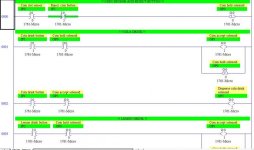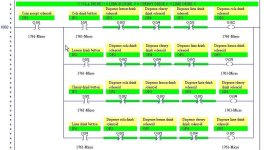Hi Everyone, thank you for reading this post. Please have a look at this program in attachment if you have a minute to share...
I would like to simplify this program as much as possible and eradicate all mistakes or wrong proceedings in order to bring this project as close as it gets to industrial standards.
All comments and advice most welcomed.
Cheers!

I would like to simplify this program as much as possible and eradicate all mistakes or wrong proceedings in order to bring this project as close as it gets to industrial standards.
All comments and advice most welcomed.
Cheers!





